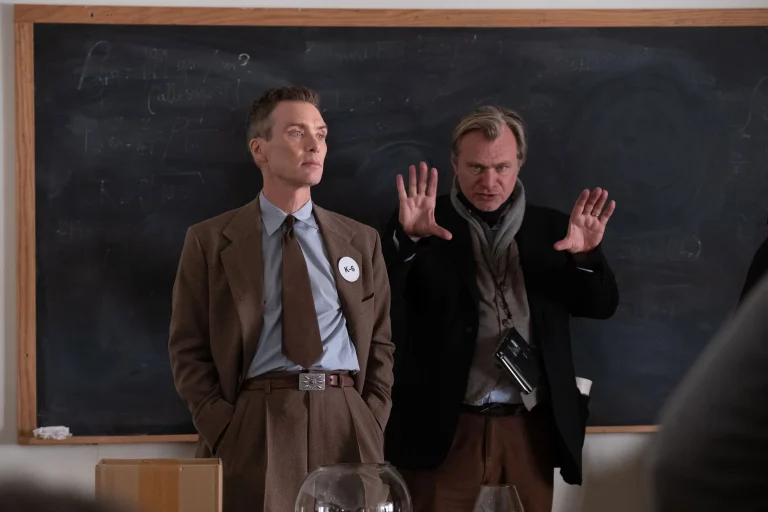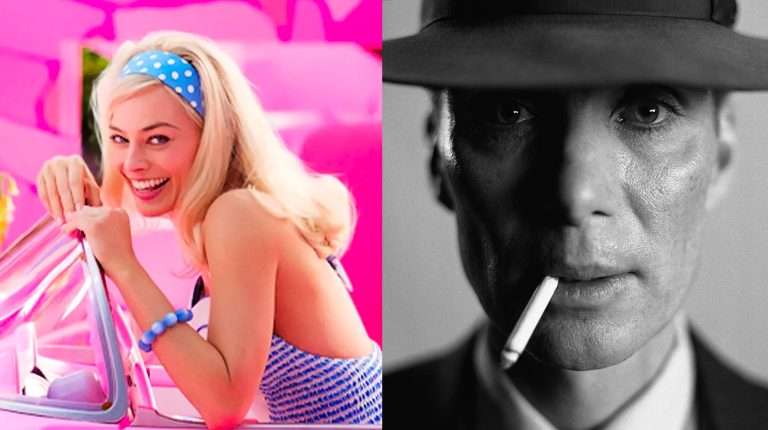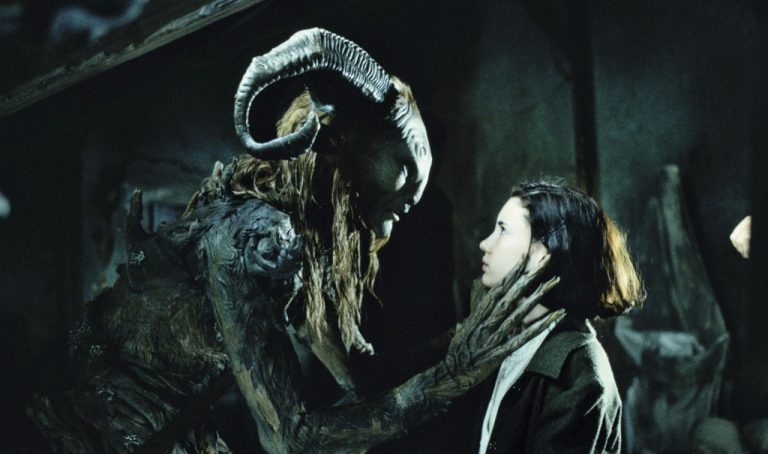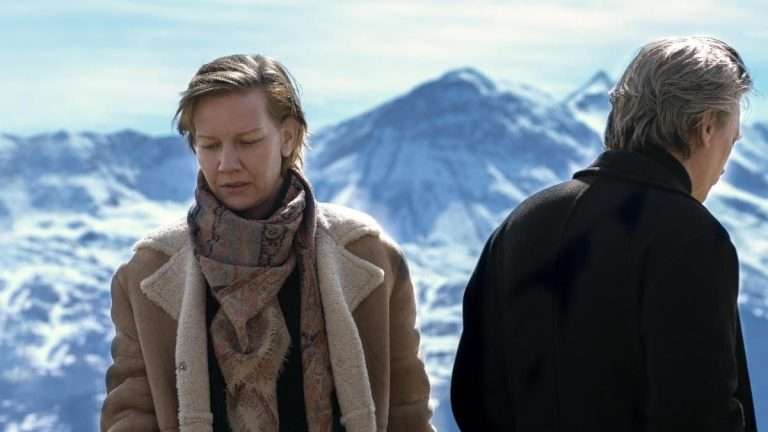Ever wondered what life would be like without love?
Love is beautiful, yet it remains one of the most complex and delicate emotions we ever experience. Krzysztof Kieslowski, the renowned Polish director, possessed a rare gift for allowing these subtle emotions to unfold quietly on screen. “A Short Film About Love” (Original title: Krótki film o milosci, 1988) stands out as one such understated yet powerful masterpiece from his extraordinary body of work. Though voyeurism is often deployed in cinema as a glamorous or noir-flavored invitation into mystery, Kieslowski employs it here with an unusually innocent motif: the gaze of a young man quietly observing his object of affection.
“Voyeurism” as a cinematic device dates back at least to Michael Powell’s “Peeping Tom” (1960). Of course, the clearest early landmark on the topic is Alfred Hitchcock’s “The Lodger” (1927). Furthermore, while “The Lodger” and “Peeping Tom” fixate on psychological horror, Kieslowski’s camera lingers in half-lit apartments not to terrify, but to tenderly reveal the fragile yearning of his characters. At a time dominated by political agendas and weighty social commentary, Kieślowski’s “A Short Film About Love” stood out for its intimate focus and emotional subtlety. He turned his camera inward, into the personal, emotional world of just one boy and his feelings. By doing so, he explored numerous human emotions that were previously unspoken, such as longing, guilt, and the often uneasy intersection of voyeurism and affection.
At a moment when Poland itself was navigating the tension between politics and private desire, Kieslowski and his screenwriter, Krzysztof Piesiewicz, brought this movie to life beautifully. The film also touches on the Freudian concept of ‘cathexis,’ which is often not widely discussed. The concept refers to the profound psychological investment of emotional energy in another person. Tomek doesn’t just observe Magda; he projects all his ideas of love, desire, and purpose onto her. His world is reduced to the ritual of watching her from his window, and over time, Magda becomes more than just a neighbour; she becomes the embodiment of everything he yearns for. Kieslowski delicately explores how this emotional investment can be both tender and consuming, and how shattering it becomes when the illusion collapses.
There are also ideas, such as emotional fixation and the silent evolution of desire, being portrayed through the characters in the movie. Kieslowski doesn’t treat love as a linear emotion. Instead, he presents it as something that shifts shape, often blurring into obsession and care. This thematic ambiguity is what makes the film so layered. The characters, especially Tomek, aren’t driven by textbook definitions of love. Instead, they are shaped by longing, disappointment, and the simple desire to feel seen, even if from a distance.
Talking about the visual elements, Kieslowski’s movies definitely deliver a lot, and here the fascinating element is Kieslowski’s use of windows and glass as metaphors. Almost all of Tomek’s interactions with Magda begin through a pane of glass, whether it’s the telescope lens, the post office window, or her apartment window. These visual barriers mirror the emotional and psychological distance between them, and the slow process of breaking them down becomes symbolic of their evolving dynamic.
Story of Tomek and Magda Through The Narrative of Kieslowski
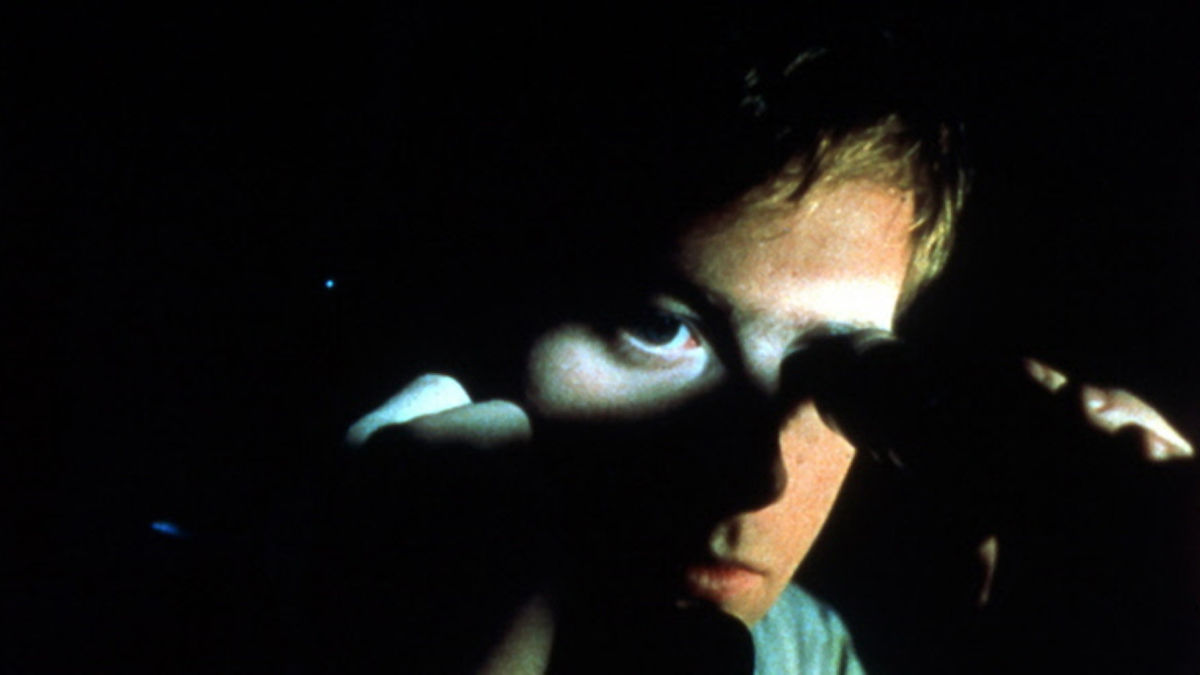
Tomek is a young student. He lives in a world of his own, keeping himself busy working at a post office. The curious aspect of his life begins when he starts observing Magda, a woman living in the opposite apartment, through a telescope. At first glance, this act may appear ominous or intrusive when he points his telescope toward her window every night at 8, just as she returns from work. However, as the film progresses, we begin to realize that Tomek’s feelings are not rooted in lust or voyeuristic thrill. His love for Magda, as the story unfolds, appears sincere, say even naïve. Through their evolving dynamic, Kieslowski masterfully contrasts the raw innocence of affection with the jaded reality of adult love.
In one pivotal meeting, things take an unexpected turn. Magda, perhaps unknowingly, shakes the foundation of Tomek’s emotions. Her reaction creates a stir in the mind of the young protagonist, who until then had only fantasized about love as something gentle and untainted. Following this encounter, a moment of emotional reversal occurs, and Magda is left feeling remorseful, and the roles of the admirer and the admired quietly shift. One of the most underrated yet emotionally grounding characters in the film is the old woman (or the godmother) who shares the apartment with Tomek. Her presence is quietly powerful, offering a kind of emotional stability to the chaos of young love and heartbreak. She doesn’t offer lectures or dramatic wisdom, but there’s a tenderness in how she listens, observes, and gently supports Tomek.
Early on, her responses carry a deeply human understanding of loneliness, almost like a still, watchful presence of an older generation quietly carrying their own emotional histories. Her role feels like a moral anchor in the story, someone who understands the ache of human connection without ever making it about herself. In that sense, she becomes an unspoken pillar in Tomek’s emotional journey, not guiding it directly, but allowing it to happen with quiet compassion.
“A Short Film About Love” does not offer the comfort of a fairy tale ending. Instead, it leaves us with a quiet, aching pause, a space to reflect on the unsettling intricacies of love, longing, and emotional dependency. Kieslowski dismantles our assumptions about affection and intimacy with quiet precision, choosing restraint over resolution. Through a carefully restrained mise-en-scène that features sparse interiors, prolonged silences, and a subdued color palette, he creates a visual language that mirrors the characters’ loneliness. The film’s emotional weight doesn’t come from dramatic confessions but from lingering stares, unspoken questions, and the crushing stillness of everyday life. The discomfort we are left with is intentional. It forces us to slow down and really see what love looks like in its most fragile, unpolished form.
Why is ‘A Short Film About Love’ a Masterpiece?
“A Short Film About Love” is also part of Kieslowski’s acclaimed “Dekalog” series, inspired by the Ten Commandments. This film draws from “Dekalog” VI, “Thou shalt not commit adultery,” though familiarity with the commandment isn’t necessary to appreciate the story. “Dekalog” 5 and 6 were later adapted into standalone feature films, “A Short Film About Killing” and A Short Film About Love, both of which left an indelible mark on world cinema.
The performances deserve special mention. Tomek, played by Olaf Lubaszenko, brings a quiet vulnerability to the screen. Grazyna Szapolowska, who plays the 30-year-old Magda, delivers a layered performance that earned her several accolades. She later revealed that the filming process was challenging, especially since the actors were often unaware of where the camera was placed, a technique that only added to the raw realism of the film. Among cinema’s many mind-boggling classics, this film stands out as an underrated masterpiece that continues to leave a lasting impression.


